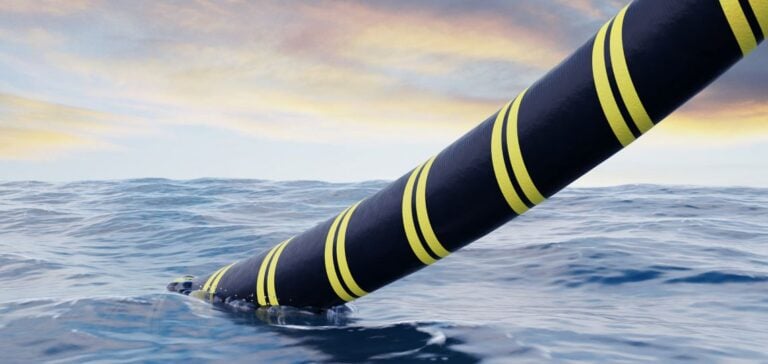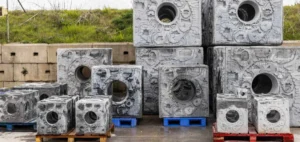SANY Renewable Energy has formalised its entry into the Serbian market by signing a Power Purchase Agreement (PPA) and a Contract for Difference (CfD) for the Alibunar wind power project. Located in eastern Serbia, the initiative marks the company’s first operation in the country and a strategic step in its broader European expansion.
The project, expected to commence commercial operations in 2028, will have a total installed capacity of 168 megawatts. Once connected to the grid, it is projected to generate approximately 480 million kilowatt-hours annually. The agreement outlines an operational period of 25 years. This capacity is intended to strengthen Serbia’s energy security and reduce its reliance on traditional fossil sources.
Strategic expansion into European markets
Zhou Fugui, Chairman of SANY Renewable Energy, stated that the Alibunar project represents “an important milestone” for the company. He added that SANY will work closely with local partners to deploy advanced wind power technologies. The selected site reportedly benefits from highly favourable wind conditions, based on preliminary technical assessments.
The Alibunar Wind Power Project is part of SANY R.E.’s global strategy to develop energy infrastructure in high-growth regions. By establishing a presence in the Balkans, the company aims to strengthen its position on a continent where demand for alternative energy sources remains high, amid a context of supply diversification.
Long-term technical and logistical support
SANY Renewable Energy plans to mobilise a local operations and maintenance team to ensure the project’s performance. The company will also apply its technical expertise to guarantee a rollout aligned with industrial reliability and efficiency standards.
In 2024, SANY R.E.’s turbines generated 135.8 billion kilowatt-hours of electricity globally. According to internal data, this output helped avoid 72.87 million tonnes of carbon dioxide emissions. The company is also conducting research into improving component recyclability, targeting a 95% recycling rate by 2030, based on 2020 benchmarks.






















